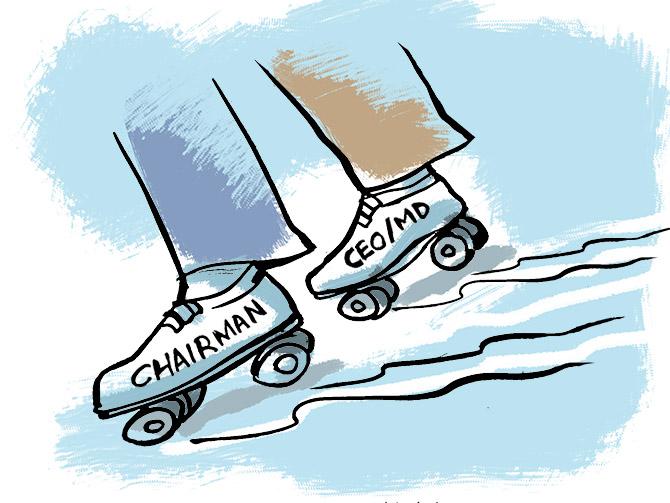Crisil Ratings on Wednesday said a broad-based recovery is on for India Inc currently, and upgraded its credit quality outlook to 'positive' from the earlier 'cautiously optimistic'.

The rating agency said the credit ratio, which illustrates the number of upgrades to downgrades, rose to over 2.5 times in the first four months of the fiscal, as compared to 1.33 times in the second half of FY21, it said in a statement.
The rating agency said it has also done a study of 43 sectors, excluding the financial sector, accounting for 75 per cent of the overall Rs 36 lakh crore in outstanding debt, which shows that the current recovery is broad-based.
Twenty-eight sectors are set to witness a recovery in demand back to pre-pandemic levels by the end of the fiscal, while for the remaining ones, it will be upwards of 85 per cent, it said.
“We believe India Inc is on higher and stronger footing,” its chief ratings officer Subodh Rai said.
The revision in outlook is driven by strong economic growth both domestically and globally and the estimate that domestic demand will be buoyant even if a third wave materialises, courtesy, localised containment measures, he added.
Among sectors with the most rating upgrades, construction and engineering, and renewable energy benefited from the government's thrust on infrastructure spending, while steel and other metals gained from higher price realisations and profitability, the agency said, adding pharmaceuticals and speciality chemicals continued to see buoyancy backed by domestic and export growth.
However, contact-intensive sectors such as hospitality and education services continue to bear the brunt of the pandemic and have had more downgrades than upgrades, it said, adding that the RBI and government's timely measures have cushioned the impact.
Besides regulatory relief measures, a secular deleveraging trend has provided India Inc with the balance sheet strength to cushion the impact on their credit profiles, its senior director Somasekhar Vemuri said.
The financial sector is also better placed today than a year back, given less stringent lockdowns and the systems and processes put in place to manage collections amid the restrictions.
Support from the government and RBI through emergency credit lines, moratorium, and one-time debt restructuring for pandemic-affected companies have helped banks and non-banks curb a rise in non-performing assets, it said.
Higher capitalisation levels, better provisioning cover and increased access to liquidity have helped credit profiles in the financial sector, it said, flagging unsecured retail, and micro, small and medium enterprises as the loan segments that will witness higher stress.
Going ahead, the key monitorable from here would be a fat tail in the second wave, or an intense third wave, it said, adding rainfall distribution will also need to be seen.












 © 2025
© 2025